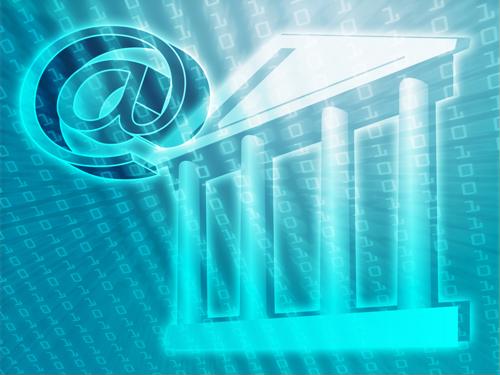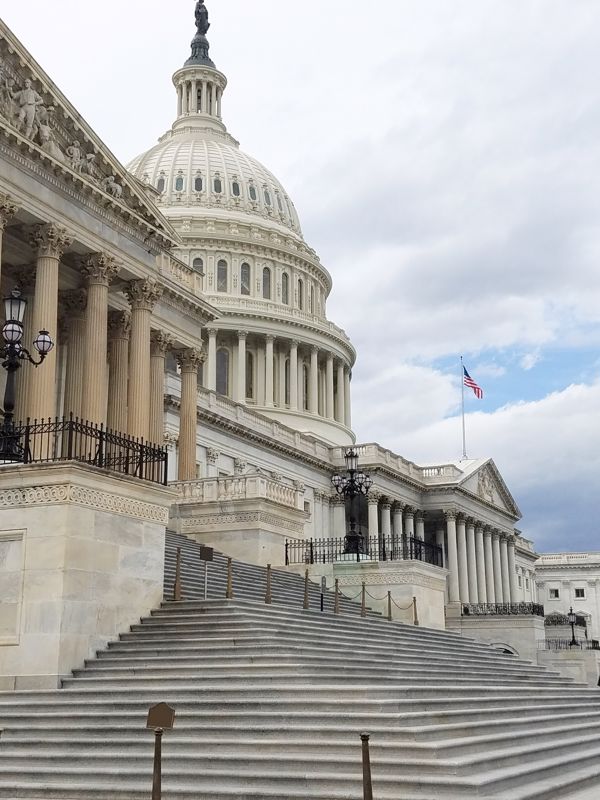
What tech in government has done to change the sector completely
By xMarch 31, 2022
In July of 2021, the people of Ahr Valley, Rhineland-Palatinate, Germany saw the worst flood in living memory. Bridges collapsed, homes and infrastructure were destroyed and wireless network connections were completely offline. While government organizations are not typically seen as tech-friendly, the move to better technology has swept the sector, revealing necessary advancements.
This article will explore how government entities are taking initiative to implement better, more secure technology across departments.

Pre-pandemic technology
"All companies are now tech companies in some form—and that goes for governments, too," says IBM's Public and Federal Market general manager, Steve LaFleche. As the world shifts to the "new normal", governments have become increasingly focused on serving rapid responses to citizens by using tech in some capacity.
In terms of the COVID-19 pandemic, people now have the capacity to look for their closest vaccination sites, sign up for testing and receive results quickly — sometimes within the same day as taking their test. Software such as ID.me offers secure identification you can use at airports on your phone for easy security entry.
However, up until 2018, the IRS reported it was still processing your tax information over computers that dated back to the 1960s. While this may have been an "if it's not broken, don't fix it" situation then, old systems are a risk to hackers with smarter and faster technology at hand.
With the systems in place before the pandemic, before geo-technology was enabled, preventing the spread of the virus, understanding hotspots and remote communication would have been impossible. In 2021, worldwide public sector spending on IT was at $523.21 million. Now, that number has jumped to $557.13 million to include investments to improve responsiveness and enhanced public services according to an August 2021 Garner Newsroom press release.
What technologies are governments using now?
In 2016 and 2018, the U.S. federal government created the Data Center Optimization Initiative to transition to cloud-based networking. While the usage of the new technology wasn't as successful as previously projected, there is still room for improvement.
Smart cities, for example, are using technology to both increase safety in traffic and to prevent crime. Across the United States, governments have hired chief innovation officers (CIOs) to examine current practices and implement new technologies to improve conditions. The Mayor of Baltimore, Brandon Scott, appointed such a role to correct the issue that nearly 40% of the city's population is without broadband or access to a laptop or computer.
Colorado Springs was able to implement new security systems using high-quality IP cameras to enhance proper surveillance. The result is highly efficient police oversight of the city.
The shift to remote working in the government sector forced many departments online. Court proceedings and jury duty were even moved to online Zoom calls.
The Internet of Things has enabled smart cities to connect millions of people with smartphones and sensors together to create high-speed device networks. All of these opportunities collectively "use IoT devices such as connected sensors, lights and meters to collect and analyze data. The cities then use this data to improve infrastructure, public utilities and services and more," according to a 2022 McKinsey and Co. report.
From smart utility meters and transportation time reporting to air quality monitoring and grids, there is endless potential for technology to infiltrate the urban environment for better efficiency and safer spaces.
The future of technology in the government sector
Many government technologies are decades old yet running well. However, agencies should look to the future of modernizing these systems to provide better service to their citizens.
Gartner has highlighted several technology trends that will affect the government sector in the future to help CIOs envision where their efforts will need to be focused on as they plan out next steps. While the technological goals of the government will spread across multiple budget cycles and administrations, the need for modernization will not change, according to Gartner Vice President Analyst Rick Howard.
Some of these projections by Gartner include:
- Agile design development: Governments are faced with constant changes, and an agile digital business model will help keep government agencies afloat no matter what comes next.
- Anything as a service (XaaS): XaaS offers an alternative to legacy technology that better aligns with an agile workspace.
- Digitally empowered workforces: Remote workspaces provide more engaged, reliably retained and satisfied employees. Governments are often lagging behind in this area and could benefit from digital transformation initiatives.
The past, present and future of government technology show a great deal of improvement over the past decade. With Perle, organizations in this sector can feel supported and comfortable migrating to a secure, manageable future. To learn more about our offerings or to get started, contact us today.



